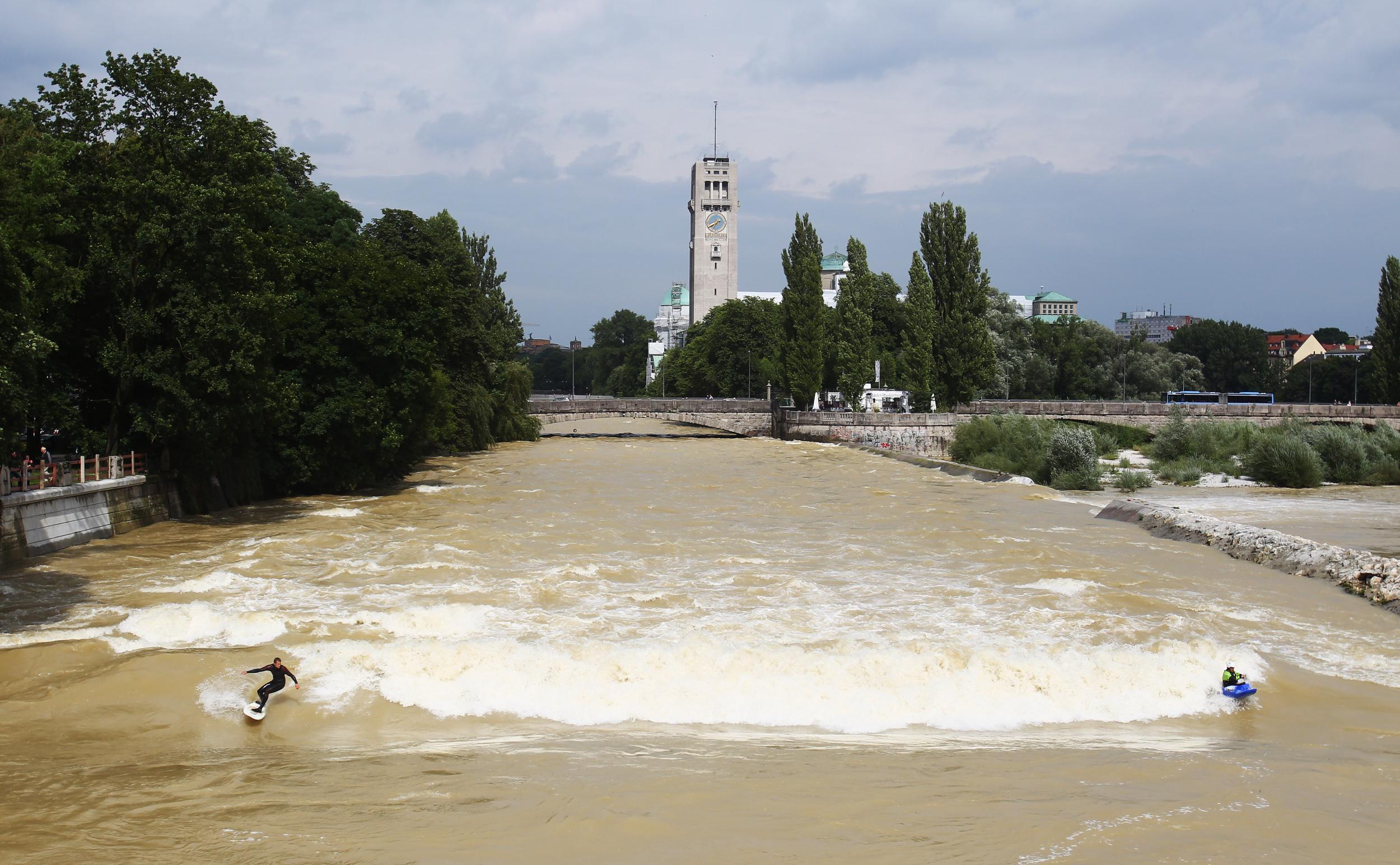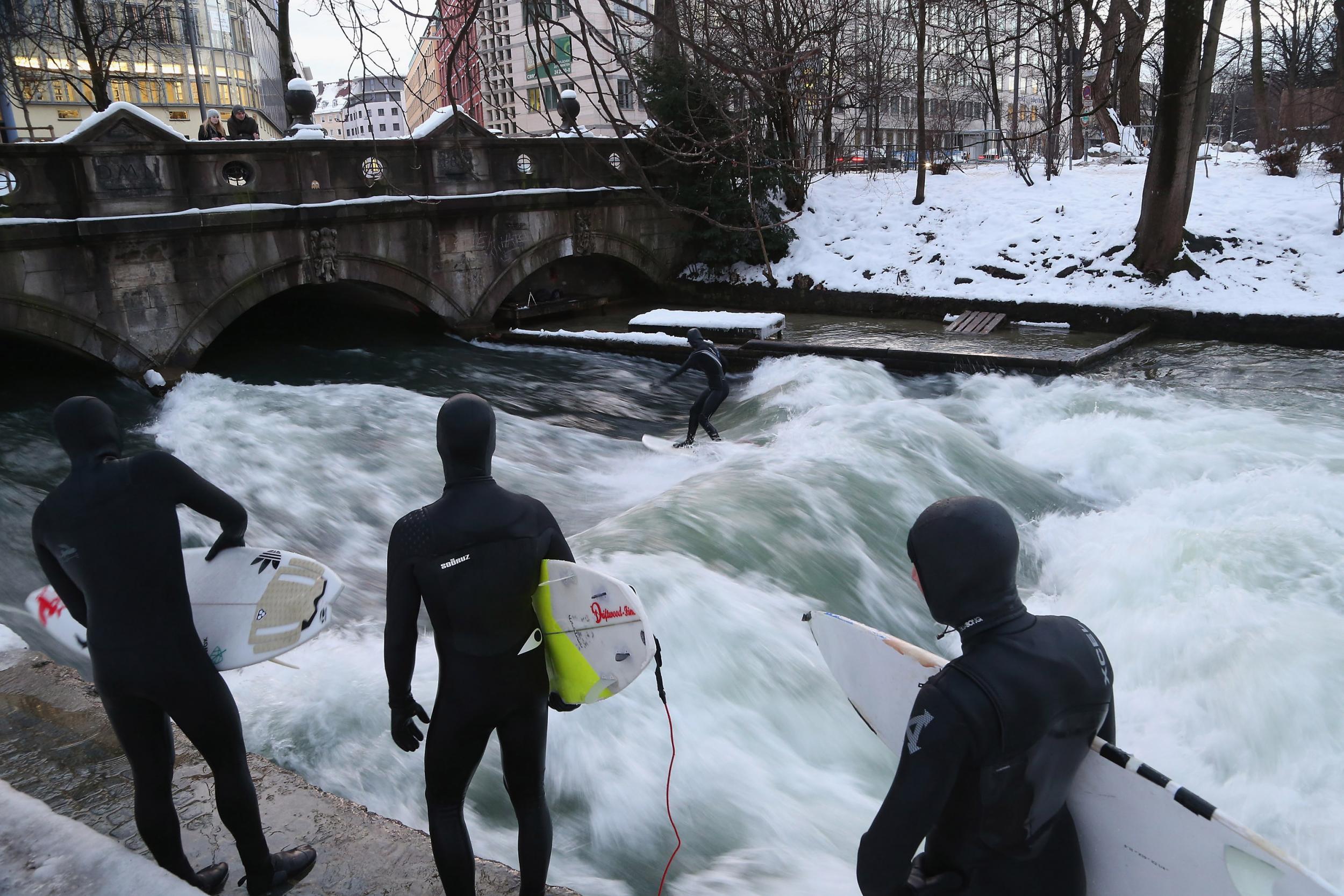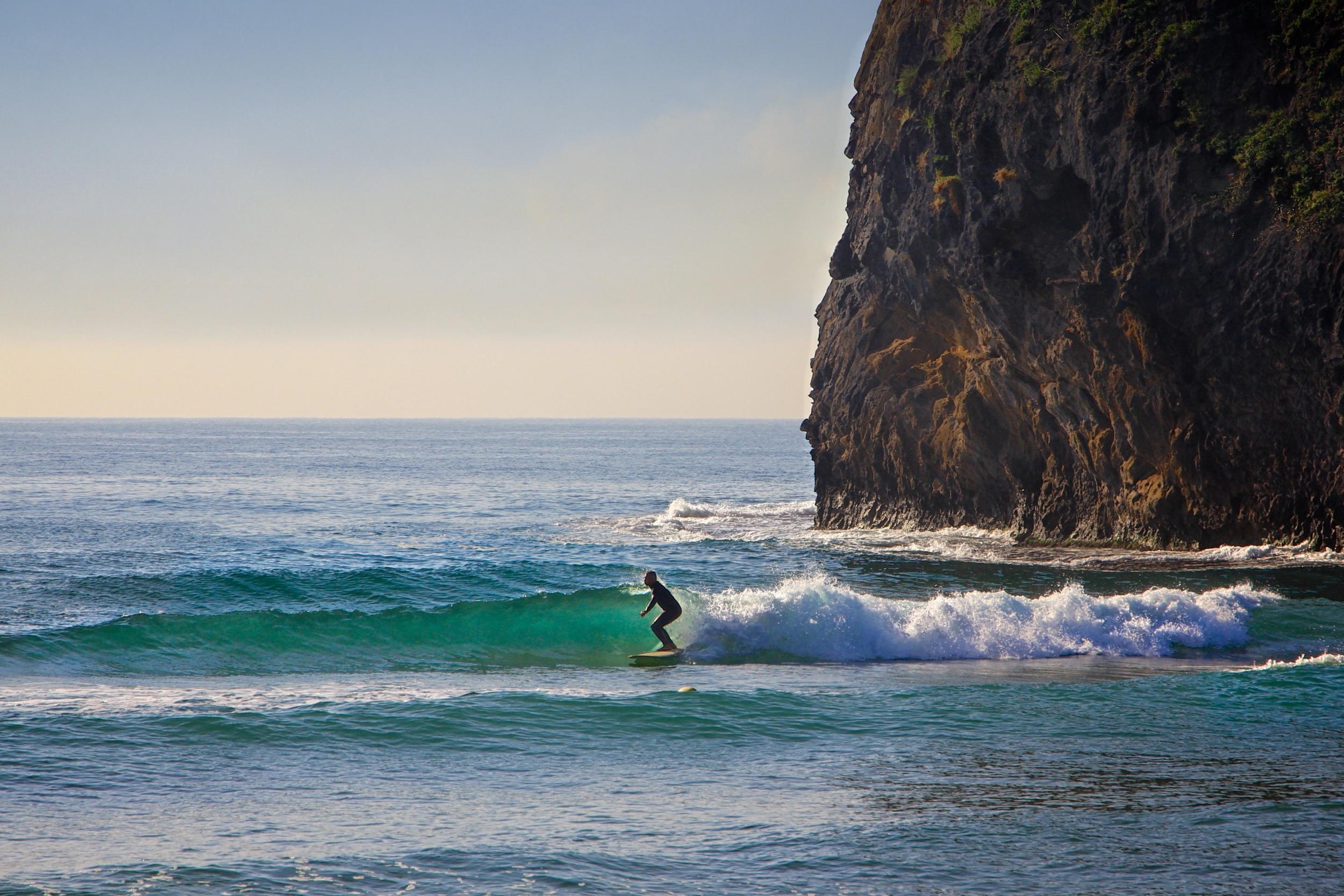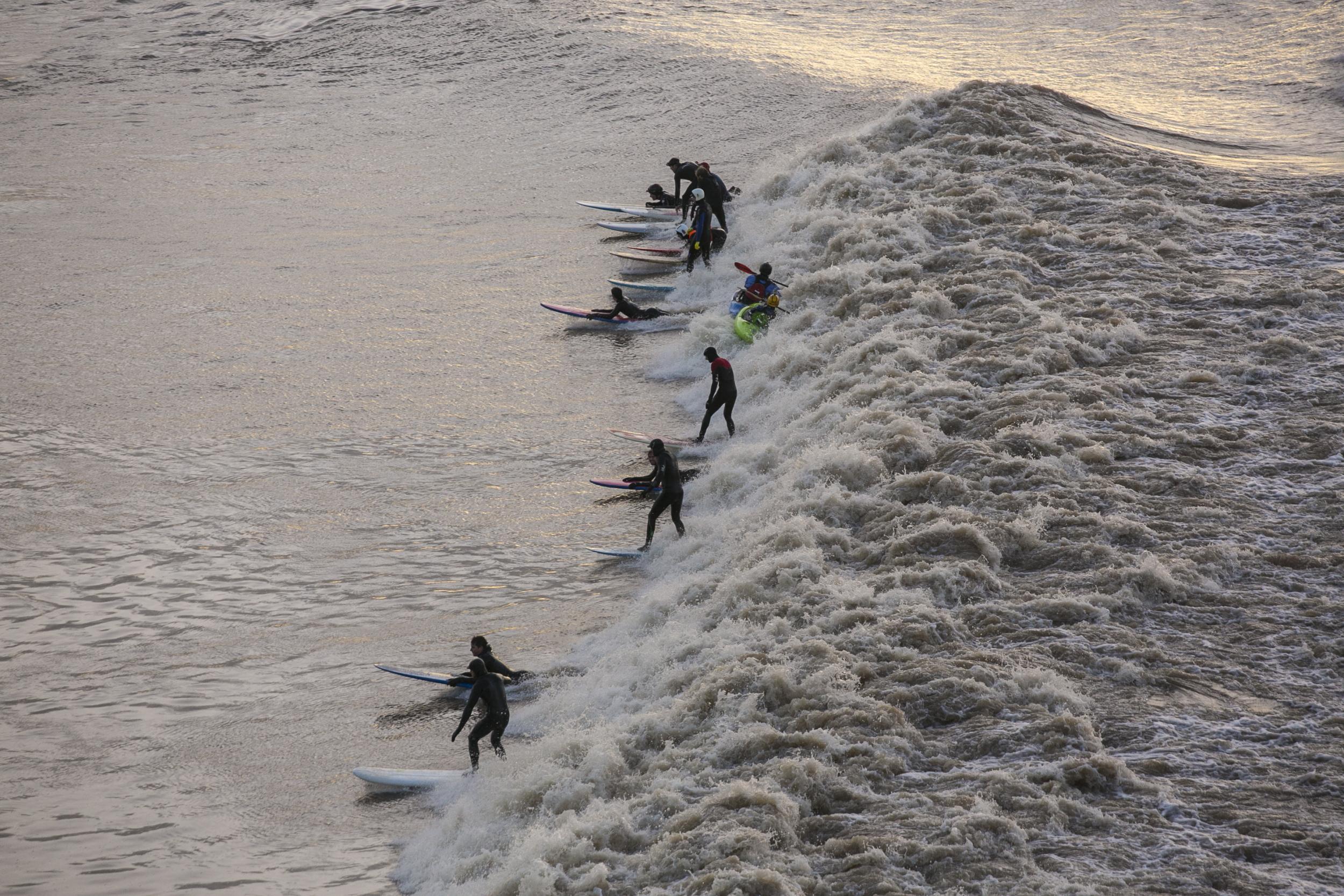The Independent's journalism is supported by our readers. When you purchase through links on our site, we may earn commission.
From North Korea to Iran: these are the 5 most unusual surfing destinations
Surfers in search of the next big wave are now turning to more remote locations, from under-visited coastlines to extreme cold spots

Surfers notoriously travel all over the world to ride the perfect wave. But while even beginners know the big go-to beaches, there’s an increasing movement of people looking for undiscovered surfing spots where they can shred the waves without the crowds. Here are five surf destinations that might surprise you – from land-locked cities to remote coastlines.
Iran: Sistan and Baluchistan province
Surfing isn’t exactly big in Iran, but in the village of Ramin, in the country’s south-east Sistan and Baluchistan province, a surfing school with a growing reputation is set on changing all that. We Surf In Iran not only teaches men, women and children how to surf, but also how to craft their own surfboards, and educates about marine life and water safety. The school’s efforts were documented in last year’s film Into the Sea, which showed how Irish pro surfer Easkey Britton, along with Iranian pro snowboarder Mona Seraji and Iranian diver Shahla Yasini, began introducing surfing to the area’s local women. Find out more about surfing exchanges to Iran at Cross Culture Surf.
Trailer INTO THE SEA from marion poizeau on Vimeo.
North Korea: Hamhung
Tourism in North Korea may be limited, but the ambitions of its surfers are not. The country’s new Majon Surf School, located just east of North Korea’s second-largest city, Hamhung, accommodates all levels of surfers, from beginners to advanced. Could this be the world’s most remote surfing spot? We'd be surpised to hear of another. Trips are arranged through Uri Tours, a tour operator specialising in travelling to the DPRK. They offer golf, ski and bike tours of North Korea, too.
Germany: Munich
Munich may not have any coastline, but that hasn’t stopped surfers in the Bavarian capital from zipping up their wetsuits and riding the waves. In the city’s biggest public park, the English Garden, is a stretch of the Isar River known as the Eisbach, where a permanent wave attracts fearless river surfers. We’re calling them fearless because the water is freezing cold – but that doesn’t stop them from visiting year-round. Be warned, even though this surf spot might seem safer than being out in the powerful, unpredictable ocean, the high wave, shallow water and fast currents make it more suited to the highly experienced.

Iceland: Olafsfjordur fjord
Surfing in Iceland might sound like a job for the hardcore elite; those who can laugh in the face of freezing temperatures in their search for the best swell. But boarding enthusiasts Arctic Surfers – they also love snowboarding and have been known to organise ‘surf to snow’ excursions – are making it their mission to dispel that myth. Arctic Surfers choose the seasons when Iceland’s waters feel more akin to Scotland’s – yes, that’s a good thing – so newbies needn’t struggle with too-frigid waves.

England: Severn Bore
This one isn’t a secret among serious surfers, but the rest of you might be surprised. While England has many a coastal surf spot, the tidal bore on the River Severn gives ocean waves a run for their money. This huge wave of water – which can reach up to two metres in height and speeds of 20kmph – makes for a tough but exhilarating ride, and is the result of the Atlantic tide entering the Bristol Channel and surging into the Severn estuary. This natural phenomenon only happens at certain times of year, but when it does, you’ll see crowds of surfers along the Severn Bore’s 25-mile stretch, between Awre and Gloucester, hoping to catch the ride of their life.

Join our commenting forum
Join thought-provoking conversations, follow other Independent readers and see their replies
Comments
Bookmark popover
Removed from bookmarks